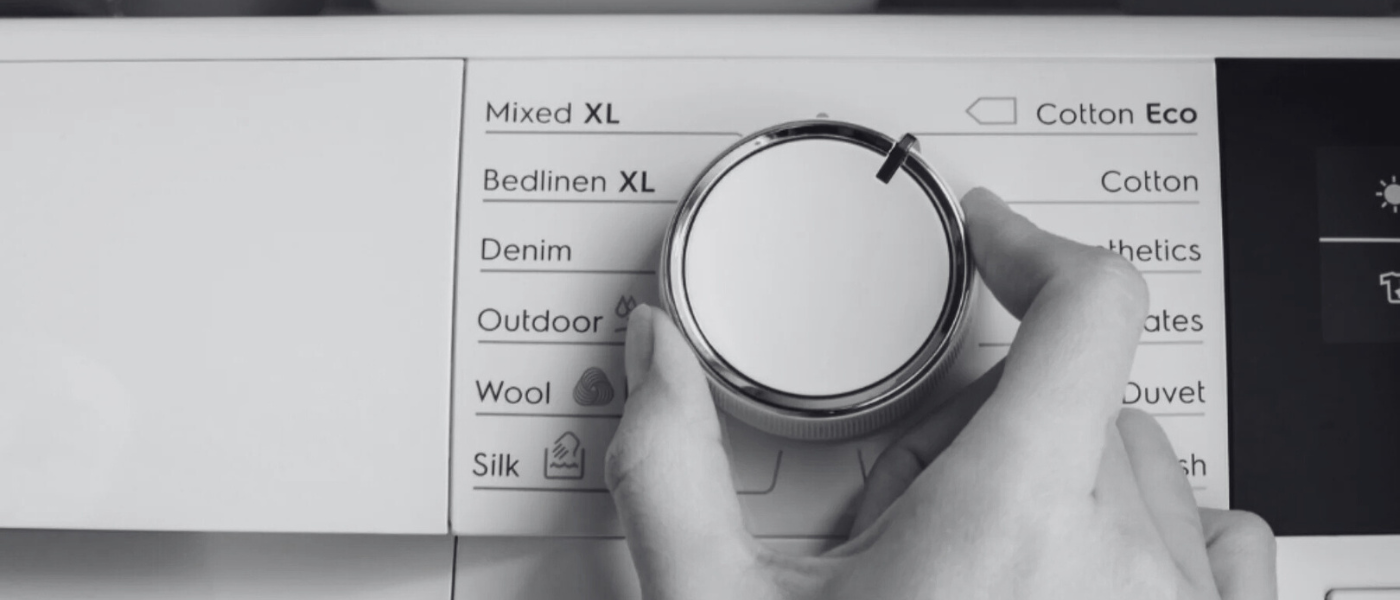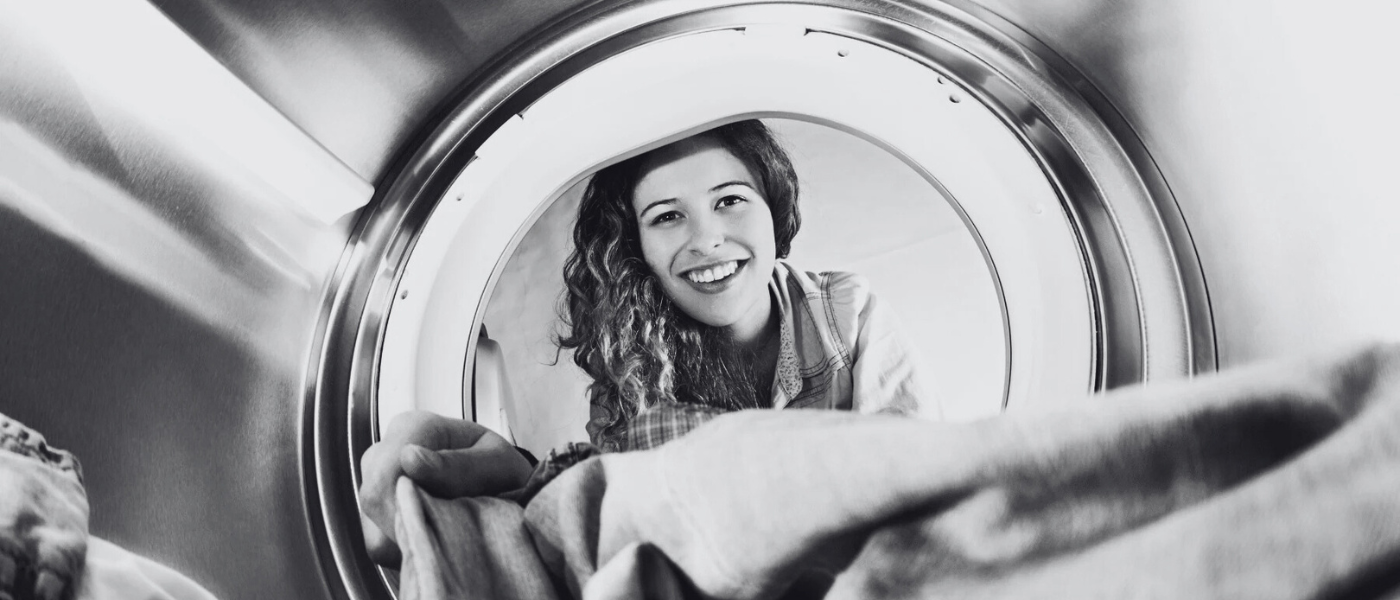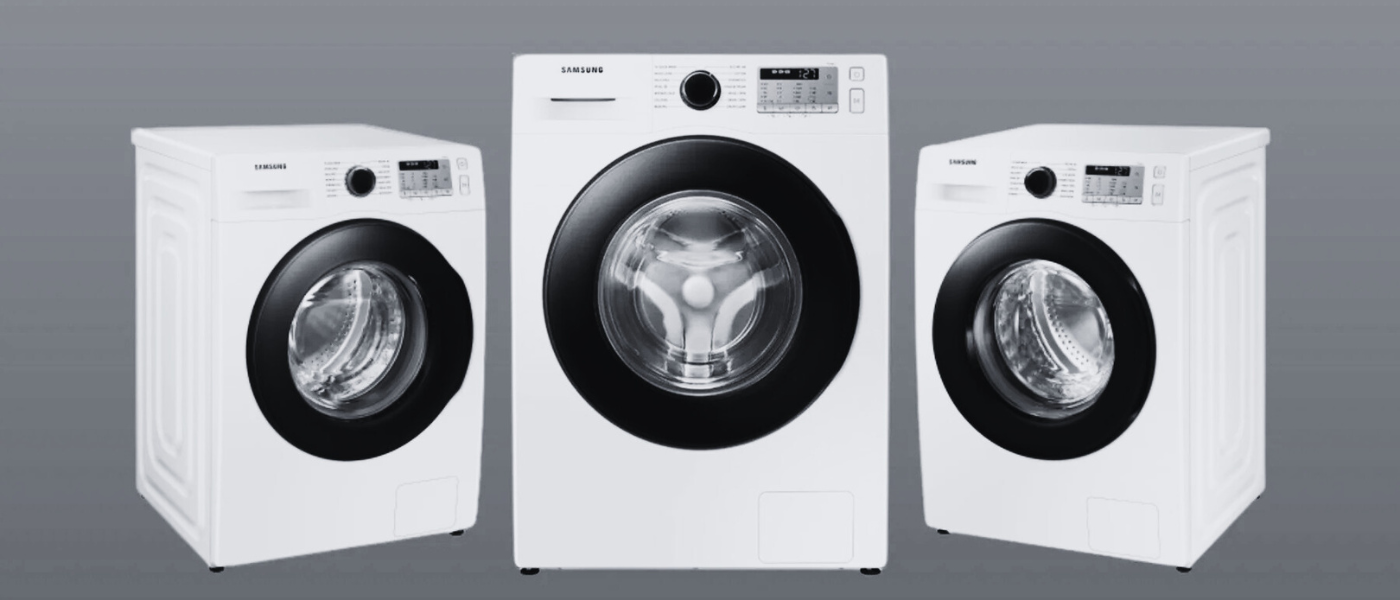To many, the washing machine can be a confusing apparatus. Most of us buy a washing machine and look for it to do the one thing, wash our clothes. But here’s the thing, there is so much more to a washing machine than the simple quick or spin cycles we are used to sticking on. In this article, we will give you a few tips and titbits that will help you get the most out of your washing machine.
What happens during a typical wash cycle?
A washing machine can seem mysterious because there is often so much going on within. There is quite a lot of science and moving pasts going on inside a washing machine, and it can be useful to figure out what these parts get up to during a typical wash cycle. So here is the rundown:
Switching on your machine and pressing start on a particular setting activates an ‘interlock’. This acts as a safety lock which ensures that the door can not be opened mid-cycle.
Once the door is completely locked, the program will begin. Here, inlet valves are opened and water will start flowing into the drum. Typically, it will pass the detergent tray on the way to the drum, collecting any detergent, liquid, or powder you have added.
The water entering the drum compresses air in a pressure chamber. This pressure is relayed along a flexible pressure tube to a pressure switch, which shifts the inlet valves at the programmed water level.
After this, the heating element will turn on and heat the temperature up to the level requested based on your chosen program. At this point, the motor will start to turn. The optimum speed for a motor is 55rpm.
The motor is switched off, and the pump is turned on to empty dirty water from the tub via a lint filter and the drain hose.
Once this is done, the pump will switch off, and the cold valve will open, starting the rinse cycle.
Once the final rinse has finished, a spin cycle should begin, where the motor will revolve the drum at very high speeds. A pump will also be switched on at this point because that is how the water is removed from your clothes.
Once the motor has stopped, and the drum has completely finished spinning, the door lock will disengage and voila, the job is done.
Are Quick Cycles Good or Bad?
This is a very common question when it comes to the washing machine. Technically, the answer is that they are good. A quick wash will use 30-35% less water than other cycles, which is a great start. This means that quick cycles are better for the environment and are actually better for your clothes too because there is less damage to clothing fibres. Not only that, but because of the fact that they will leave your washing machine running for lesser time, they are actually better for your washing machine too. The main con associated with a quick wash is that they will only offer a 30-degree wash in most cases. If you have very dirty clothes, you may need to stick your items on a longer and hot wash.
Most Energy Efficient Programmes
Before looking into any washing machine program, it is important to take a look at the overall energy rating of a washing machine. This will highlight how much energy they use when switched on. Generally, a washing machine with an A, B, or C rating is best and are the most energy-efficient, so look for these ratings to begin with.
Not to echo the points mentioned above, but the quick wash setting is one of the most eco-friendly washing machine settings. Not only is it great if you need clothes washed in a hurry, but it uses less water and energy. We all know that during this cost-of-living crisis, saving energy is paramount.
Looking at specific temperature programs can be useful too. A study from ‘Which?’ shows that running your washing machine at just 20 degrees Celsius can save you more than 60% on running costs. This is because less work needs to be done to heat the machine.
Finally, many modern washing machines have automatic load detection and will run the machine for as long as is necessary based on the weight of clothes in the machine itself. This is an amazing feature, especially if you only need something small washed at a high temperature and don’t want to wait 2 hours. (An amazing feature for families with sporty kids – you can quickly and efficiently wash mucky sports gear with ease).
how your washing machine works FAQs
What is a normal wash cycle on a washing machine?
The normal cycle is a vigorous wash cycle due to its high agitation and lengthy cycle. This cycle uses warm water with a high spin speed for moderately soiled clothing made of cotton, linen, and other mixed fabrics. Depending on your machine, a normal cycle can run up to an hour.
What does rinse and spin mean on a washing machine?
This program removes more water and can be selected in addition to the cycle already completed. Rinse and spin settings can be used to freshen up garments that only need rinsing, or to add fabric softener. This cycle can also be used for extra rinsing and spinning after a cycle.
What is the quick wash setting on a washing machine?
Most machines have a quick wash setting which allows you to wash a small load quickly-a useful feature if you’re pressed for time and want to wear a particular outfit. Similarly, if you’ve forgotten to wash your work uniform or workout kit, this feature is a huge help.










